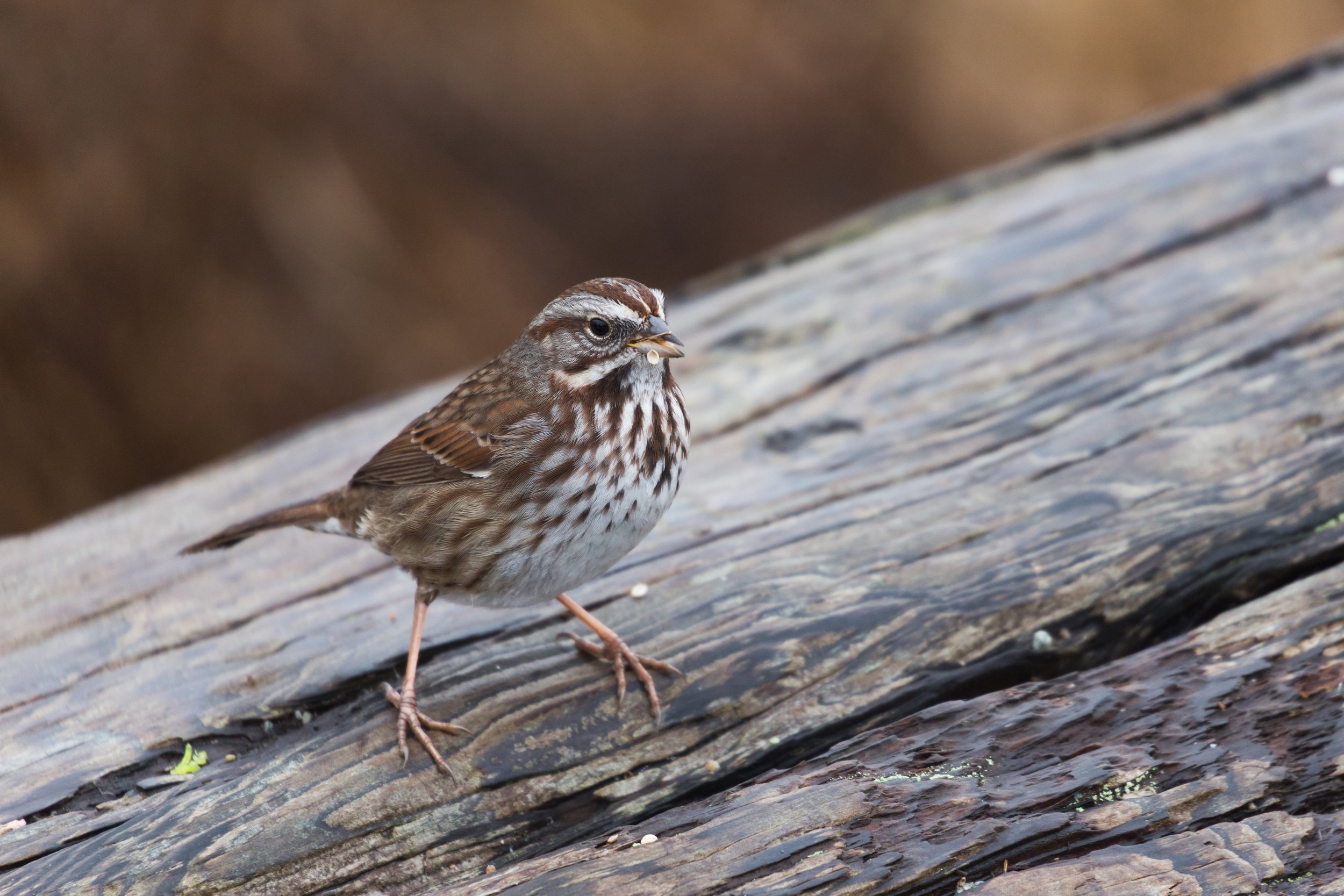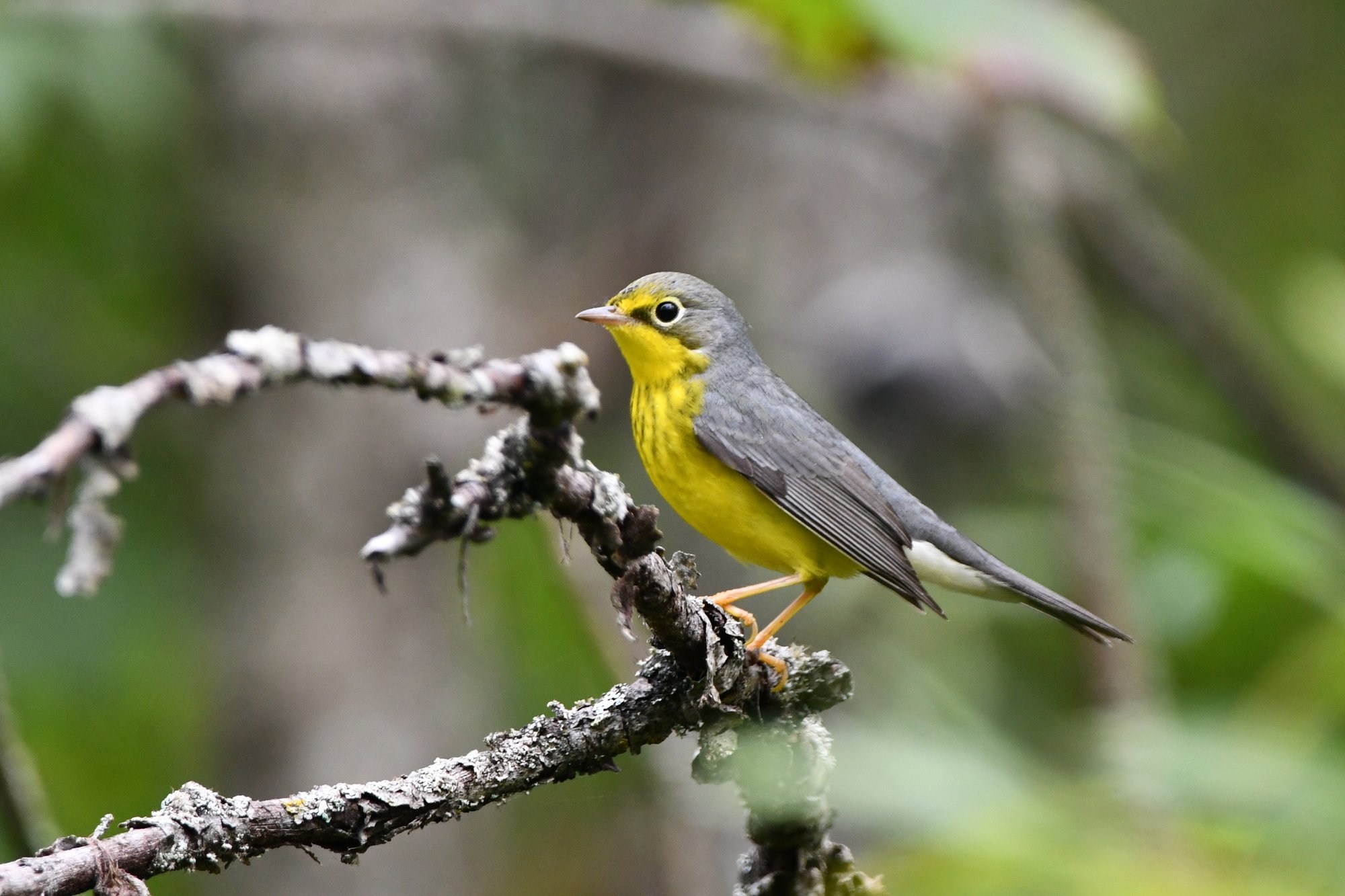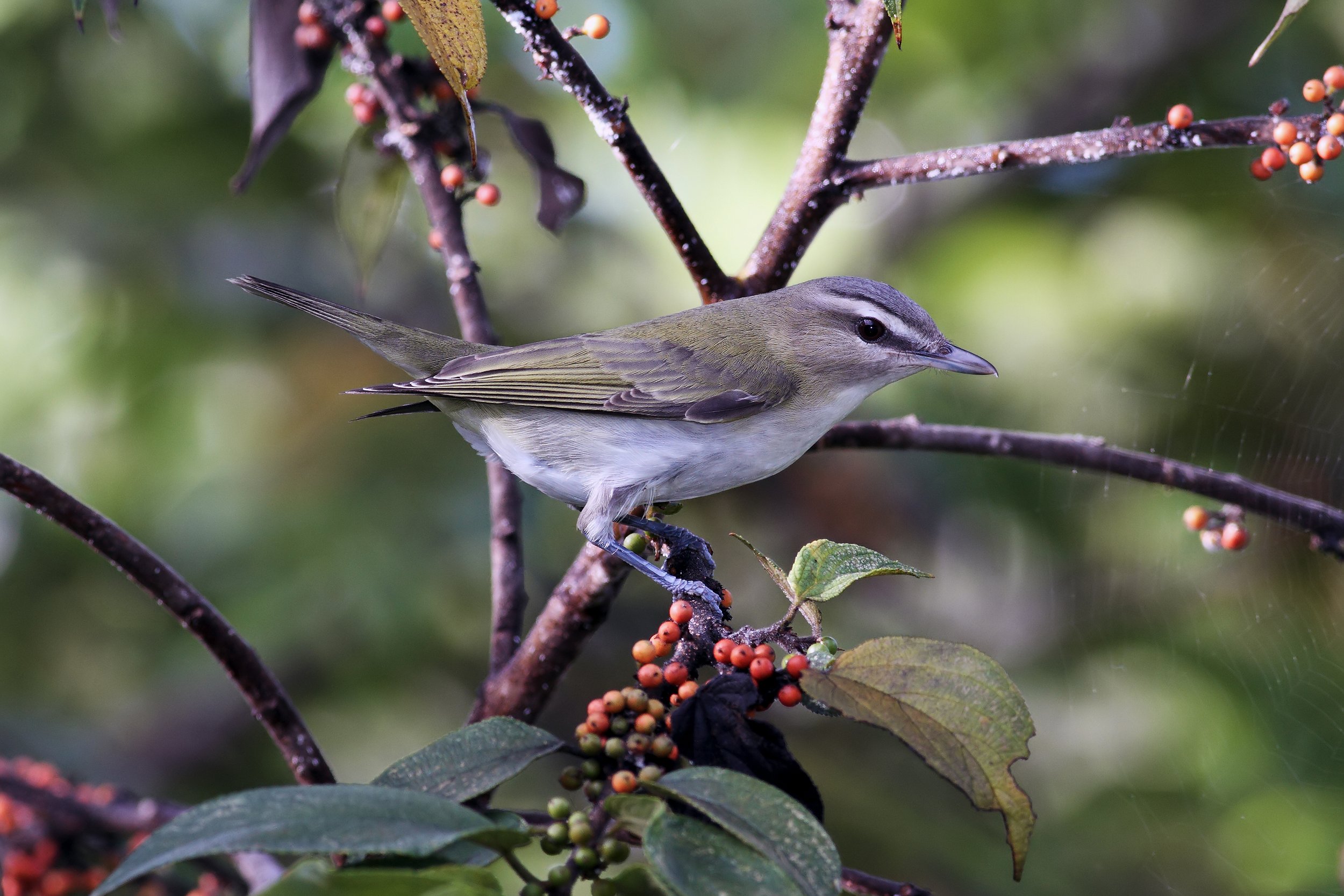Many people I meet say the same thing about birds and their songs - they all sound the same. With a little practice though, you will find that’s not true. As you start learning to identify birds, they may all look alike. That is, until you start to understand the importance of field marks.
What are field marks?
The key to identifying birds is learning what field marks to look for. A field mark is a distinguishing feature of a bird that helps in discerning between species. There is no set list of features to check on a bird. That’s what makes the hobby so interesting. Different families of birds need to be separated out by different features and within a family, some of those feature differences may be very minor.
Shape
The most basic field mark about a particular bird is its shape, which will usually get you down to a much smaller group from which to identify it. This will be getting down to the type of bird - sandpiper, sparrow, hawk, duck, warbler, etc.
Ruddy Turnstone - Sandpiper shape
Song Sparrow - Sparrow shape
Red-tailed hawk - Hawk shape
Mallard Duck - Duck shape
Magnolia Warbler - Warbler shape
The way to learn these shapes without knowing about birds first is to look through a field guide paying attention not to the details of each bird, but the overall look of the birds in a family. For example, what is the shape of a duck? How do all woodpeckers “look the same”? Knowing this kind of information will help you much later in identifying a particular bird. Learning the shapes allows you to look at a particular section in a field guide to try and find the bird you want to identify.
I am not trying to oversimplify bird identification, but without know what “kind” of bird you are looking at, you will end up looking through the whole field guide and end up frustrated and still without an identification.
Now, let’s assume that you have learned the basics of bird shapes. What’s the next step in identifying a bird?
Color
For me, I take note of the colors that I am seeing. You’ll need to determine which colors are on the bird later once we describe the physical parts of a bird in the next section. If you can remember the colors you saw and what shape the bird has, you may be able to identify the bird already. This will work for a limited number of birds, such as the American Robin, Eastern Bluebird, and the Scarlet Tanager.
Eastern Bluebird - Sky blue with orange breast - very distinct
Scarlet Tanager - One of the very few red and black birds
If you have browsed through a field guide already, you know that the vast majority of birds will not be identified just by shape and a few colors. We now need to move on to body parts as a field mark. Luckily, all birds have the same basic structure. Once you’ve learned the basic body parts, you will know them for all birds. Since we are talking about the basics here, I will not go into feather details here, especially in the wing. I will discuss that in a future post.
Bird Topography
Below is a photograph showing the basic bird with the major body sections labeled. The parts of a bird that will be referenced in most field guides are shown. The basic sections are the head, the back, the tail, the breast, the wing and the legs. Within some of these parts, there are smaller areas that are used in bird descriptions, such as the primary and secondary feathers of the wing.
Parts of a bird’s body
The next step in learning to identify birds will be noticing the colors of these sections. When you see a bird that you want to identify, you’ll want to take note of any of those regions with distinguishing colors or patterns in them. For example, the Wood Thrush pictured below has a rusty forehead, crown, nape and back with a spotted white belly breast. The Northern Harrier is quickly identified by the white rump patch.
Patterns
You may think that our conversation about field marks is over. Not quite yet. We’ve discussed shape, color and body parts. The next field marks to talk about are “patterns” that some birds have. These could include spotting, tail banding, breast banding, eye-rings, rump patches, outer-tail patterns, and wing bars. These are caused by differential coloring on feathers in the areas where they are found. I have provided some examples of these below.
Breast bands on a Killdeer
White rump patch on a Northern Harrier
Wing bars on a Bay-breasted Warbler
Spots on a Wood Thrush
Eye-ring on a Canada Warbler
Eye stripe on a Red-eyed Vireo
Flight patterns are another field mark to look for when trying to identify birds in flight. Many shorebirds have very distinctive patterns in their wings. As an example, see the willet below. No other shorebird will be that distinctive in flight. This may be one of the few ways to tell some shorebirds species apart.
Willet in flight with obvious flight wing pattern
Behavioral Field Marks
Other “field marks” are related to behavior of a bird. Although not considered a true field mark, some of these are critical in identifying the type of bird or the specific species you are trying to identify. The types of behavior field marks is a long list including walking of a American Crow versus the hopping of an American Robin, tree climbing of the woodpeckers, body bobbing of a Spotted Sandpiper, or the tail pumping of a Palm Warbler.
Tips To Get Better at Field Marks
When trying to identify a bird, you’ll want to make a mental list of as many field marks as you can before taking your eyes of the bird before looking through a field guide. It has happened many times to me in which I saw a bird, turned to that section in the field guide (say sparrows, for example), looked up and the bird was gone. Not making the mental list leaves you without a possible identification. Even with a few field marks, you might have a chance in identifying the bird. To aid you in this, check out my blog on documenting what you see.
Review your field guide often paying particular attention to families of birds, which will help you remember to know which field marks to be on the lookout for. When I started watching birds forty years ago, I spent many hours just paging through my Peterson’s field guide, just looking at the pictures and names of the birds. Peterson’s field guides are unique in the fact that their system of identification is to have arrows pointing at the critical field marks needed for identification of that species. Because of this feature, I always recommend the Peterson’s field guides to new bird watchers. If you have not picked out a field guide yet, click here to gain access to my review of the Top 3 Field Guides.















